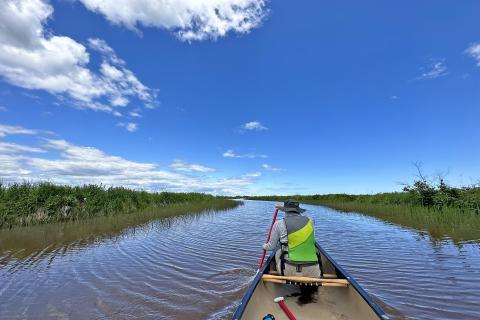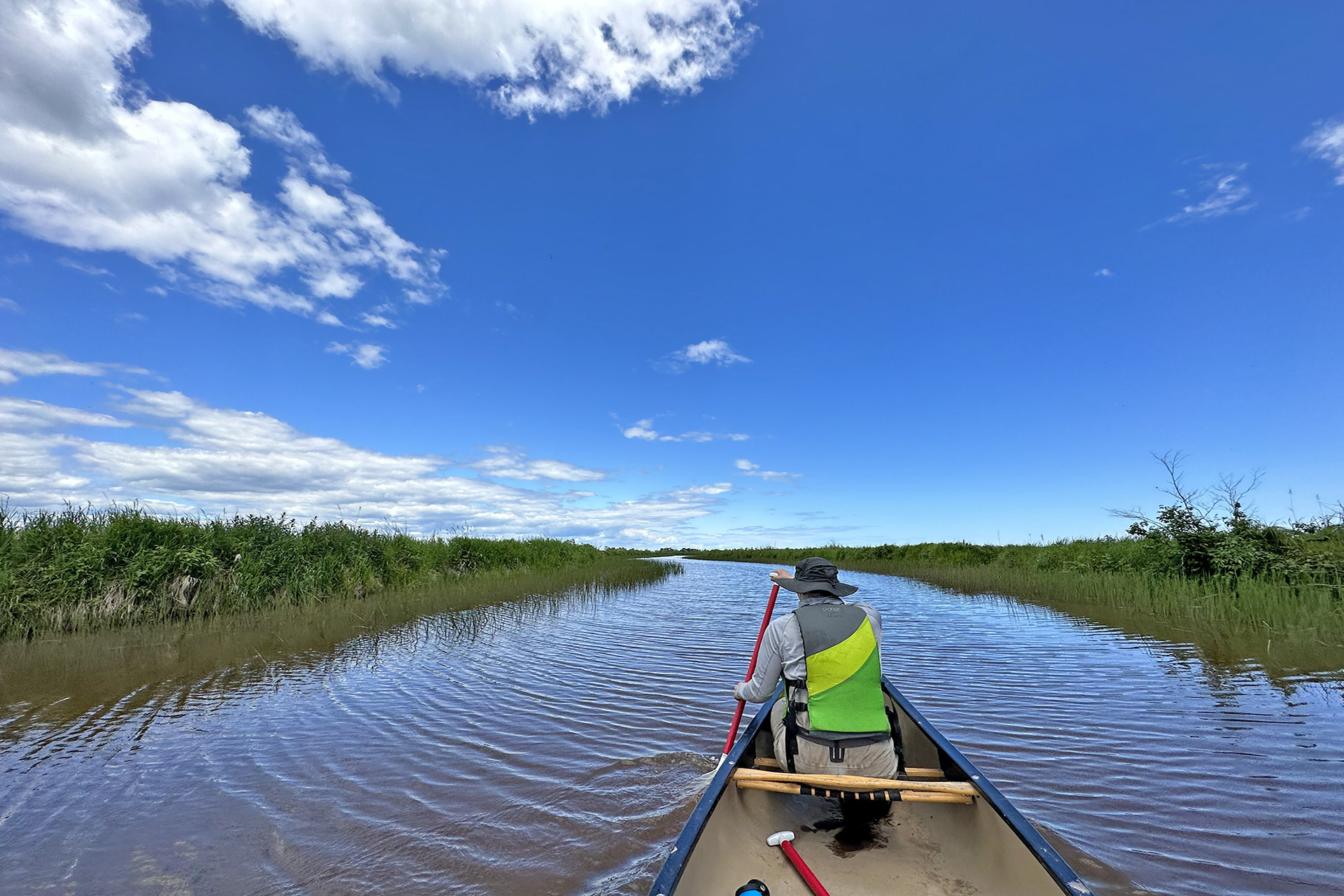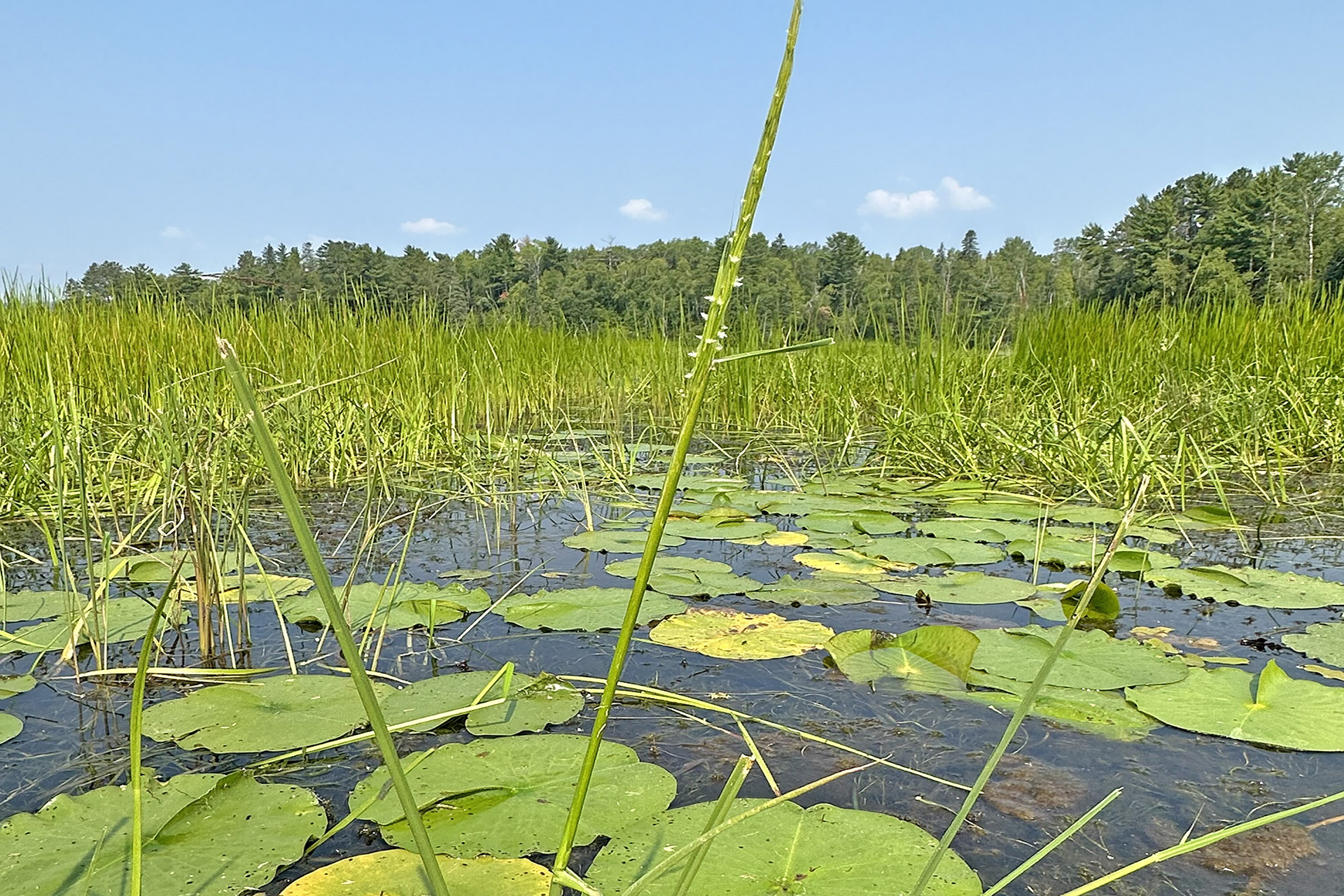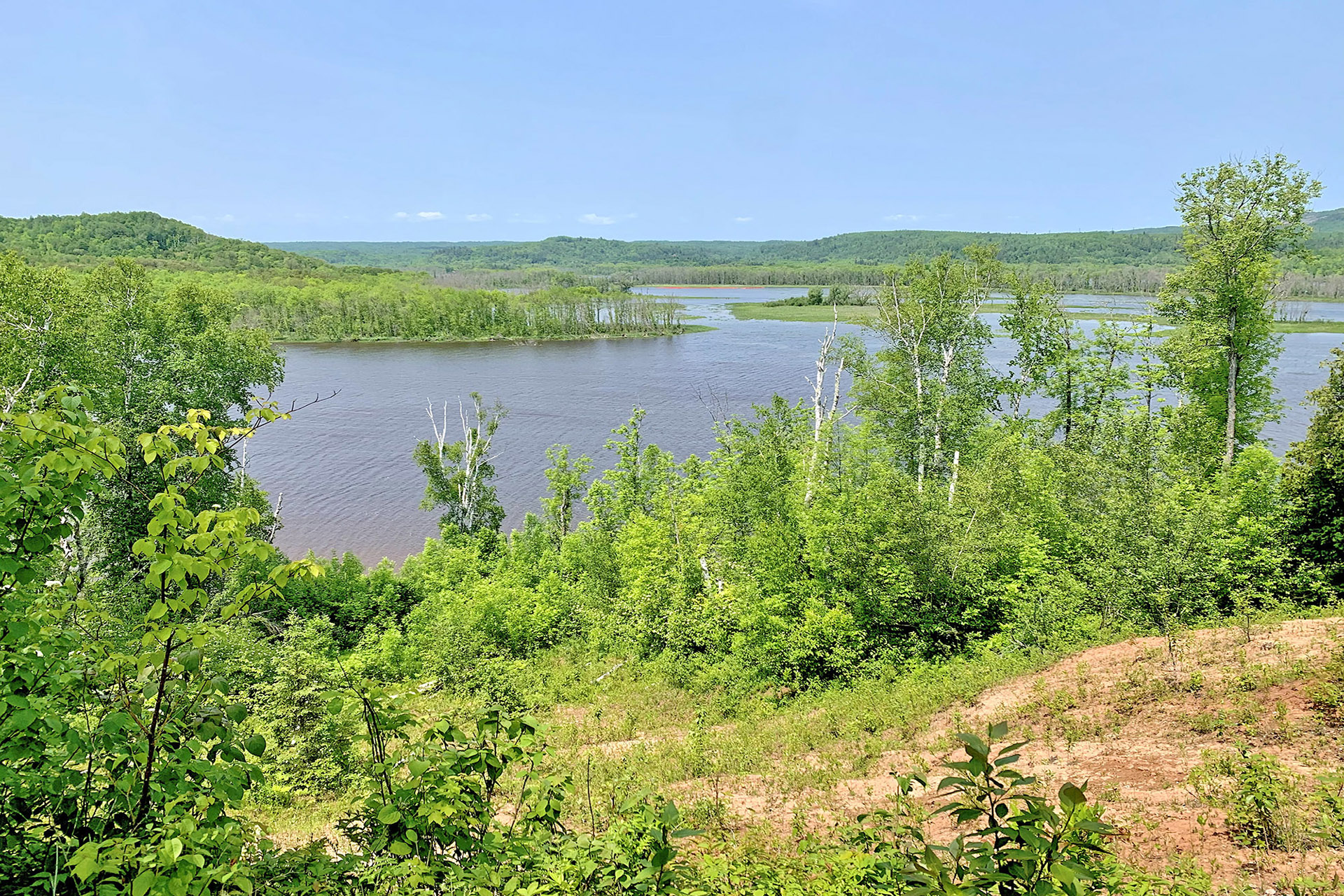
This project transfers tools and methods for habitat mapping for the Lake Superior Reserve to the entire St. Louis River estuary to better understand the effects of climate change, flood events, and remediation and restoration efforts on the habitats in the St. Louis River Estuary since 2002.
The St. Louis River Estuary, which runs along the boundary between Wisconsin and Minnesota in the Duluth-Superior metro area, is a vital resource ecologically, culturally, and economically. The St. Louis River is the largest U.S. tributary to Lake Superior and the second largest tributary in the Lake Superior watershed. In 1987, the Great Lakes Water Quality Agreement designated the 12,000-acre freshwater estuary a Great Lakes Area of Concern because legacy contaminants and disturbances led to nine key impairments, including loss of fish and wildlife habitat. As current estuary restoration plans rely on habitat maps prepared in 2002 for the Lower St. Louis River Habitat Plan, users identified a need for tools to help identify and prioritize areas for future restoration and conservation.
The Lake Superior Reserve is currently developing a new repeatable habitat mapping process but the Reserve only has capacity to map habitats within the Reserve’s boundaries, which only captures part of the estuary. This project will transfer this mapping process outside the boundaries of the Reserve to a larger radius encompassing 57,000 acres of wetlands and adjacent uplands spanning the lower twenty-one miles of the St. Louis River below the Fond du Lac dam. The team plans to apply accessible image classification methods–including use of common machine learning classifiers and freely available, non-proprietary data–to create a reproducible approach that can easily be adopted in other locations and redeployed at regular intervals to illuminate change over time. In addition to the habitat map and reproducible workflow, the team will also produce a change analysis comparing the current habitat map to the 2002 map.


